A mixture of first time mushroom hunters and club members attended this joint program with walk leaders Rachael Mahony from the PA DCNR Bureau of Forestry and Richard Jacob from WPMC. Before the walk we talked about different ways to classify mushroom species, one of which was their food sources. We were fortunate to find example species from all three food sources: Mycorrhizal (On the ground associated with tree roots); Saprophytic (Litter and Wood Decay, On wood or On the ground); and Pathogenic/Parasitic. The range of parasitic species was particularly impressive. We found less Mycorrhizal species that we would normally expect in part because we did not walk along the road side where we have found many Amanitas and Boletes in the past. Of the parasitic species that we found Akanthomyces aculeatus, a moth fungus, was of particular note. We have only found it once or twice in our area in the history of the club but we found three infected moths during the walk, one of which was stuck to a picnic table top that we later used as an identification table. The other big find of the day was multiple fruiting’s of Chicken of the woods. Even better it was in perfect condition for eating. Blaine Sanner spotted some of downed trees up the slope above the trail we were following. We then spotted some more a bit further down the trail. Everyone who wanted to try some took a few pieces home. I made Buffalo Chicken of the woods with my share. We also found a number of species new to the club, or at least not previously recorded. We had a great afternoon and thank Rachael Mahony and PA DCNR Bureau of Forestry for organizing the walk.
Species list entered by Richard Jacob. Species identified by Richard Jacob, John Plischke III and Blaine Sanner.
List of species found on the walk at Forbes State Forest:
[icon style=”camera”] Akanthomyces aculeatus (),
[icon style=”camera”] Amanita vaginata var. vaginata (Grisette),
[icon style=”camera”] Artomyces pyxidatus (Crown-tipped Coral Fungus),
[icon style=”camera”] Bjerkandera adusta (Smoky Polypore),
[icon style=”camera”] Cantharellus minor (Small Chanterelle),
[icon style=”camera”] Cerrena unicolor (Mossy Maze Polypore),
[icon style=”camera”] Clavaria vermicularis (White Worm Coral Fungus),
[icon style=”camera”] Clavulinopsis aurantiocinnabarina (Spindle Shaped Orange Coral),
[icon style=”camera”] Climacodon septentrionale (Northern Tooth Fungus),
[icon style=”camera”] Coprinus atramentarius (Alcohol inky),
[icon style=”camera”] Cordyceps militaris (Trooping Cordyceps),
[icon style=”camera”] Daedaleopsis confragosa (Thin-maze Flat Polypore),
[icon style=”camera”] Daldinia concentrica (Carbon Balls),
[icon style=”camera”] Ganoderma applanatum (Artist’s Conk),
[icon style=”camera”] Gliophorus psittacinus (Parrot Mushroom),
[icon style=”camera”] Hericium erinaceus (Bearded Tooth),
[icon style=”camera”] Hypocrea americana (),
[icon style=”camera”] Hypomyces chrysospermus (Bolete Mold),
[icon style=”camera”] Hypoxylon fragiforme (Red Cushion Fungi),
[icon style=”camera”] Inocybe rimosa (Straw-colored Fiber-head),
[icon style=”camera”] Laccaria laccata (Common Laccaria; Deceiver Laccaria),
[icon style=”camera”] Lacrymaria velutina (Weeping widow),
[icon style=”camera”] Lactarius mucidus (),
[icon style=”camera”] Leotia lubrica (Yellow Jelly Babies),
[icon style=”camera”] Laetiporus sulphureus (),
[icon style=”camera”] Marasmius rotula (Pinwheel Marasmius),
[icon style=”camera”] Marasmius strictipes (Orange-yellow Marasmius),
[icon style=”camera”] Megacollybia rodmani (Platterful Mushroom),
[icon style=”camera”] Morganella pyriformis (Pear-shaped Puffball),
[icon style=”camera”] Mycena haematopus (Bleeding Mycena),
[icon style=”camera”] Mycena leaiana (Orange Mycena),
[icon style=”camera”] Naematoloma fasciculare (Sulfur Tuft),
[icon style=”camera”] Orbilia delicatula (),
[icon style=”camera”] Pleurotus pulmonarius (Summer Oyster),
[icon style=”camera”] Polyporus varius (),
[icon style=”camera”] Pseudoboletus parasiticus (Parasitic Bolete),
[icon style=”camera”] Ramaria stricta (),
[icon style=”camera”] Russula earlei (),
[icon style=”camera”] Russula mariae (Purple-bloom Russula),
[icon style=”camera”] Scleroderma citrinum (Pigskin Poison Puffball),
[icon style=”camera”] Scutellinia scutellata (Reddish Eyelash Cup),
[icon style=”camera”] Trametes elegans (),
[icon style=”camera”] Tyromyces chioneus (White Cheese Polypore),
[icon style=”camera”] Xeromphalina campanella (Fuzzy-foot),
[icon style=”camera”] Xeromphalina kauffmanii (),
[icon style=”camera”] Xerula furfuracea (Rooted Collybia),
[icon style=”camera”] Xylobolus frustulatus (Ceramic Parchment)
Species not currently on clubs life list:
[icon style=”camera”] Collybia familia (),
[icon style=”camera”] Hemistropharia albocrenulata (),
[icon style=”camera”] Hygrocybe cantharellus (),
[icon style=”camera”] Stereum lobatum (),
Lepiota sp.
Clitocybe sp.
Inocybe sp.
Psathyrella sp.
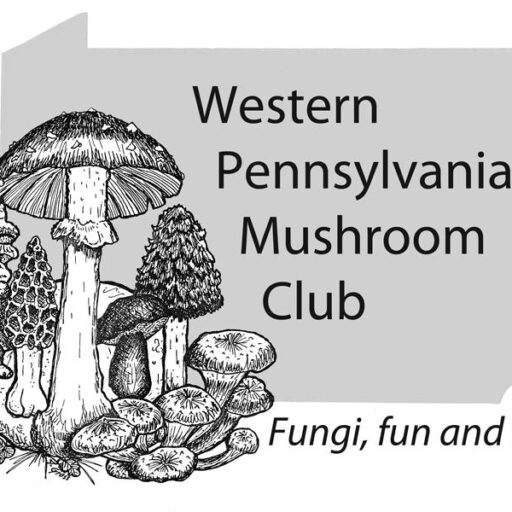
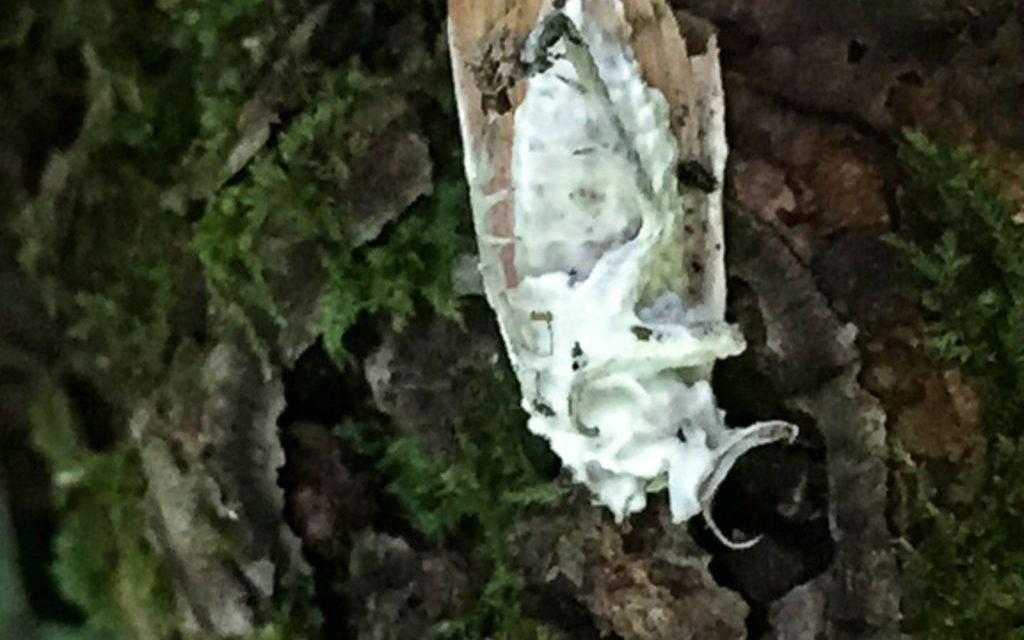
















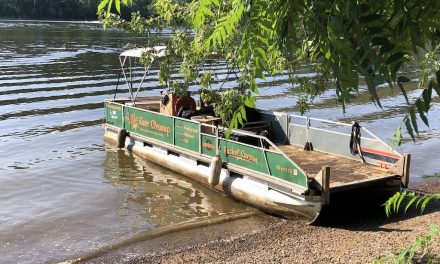
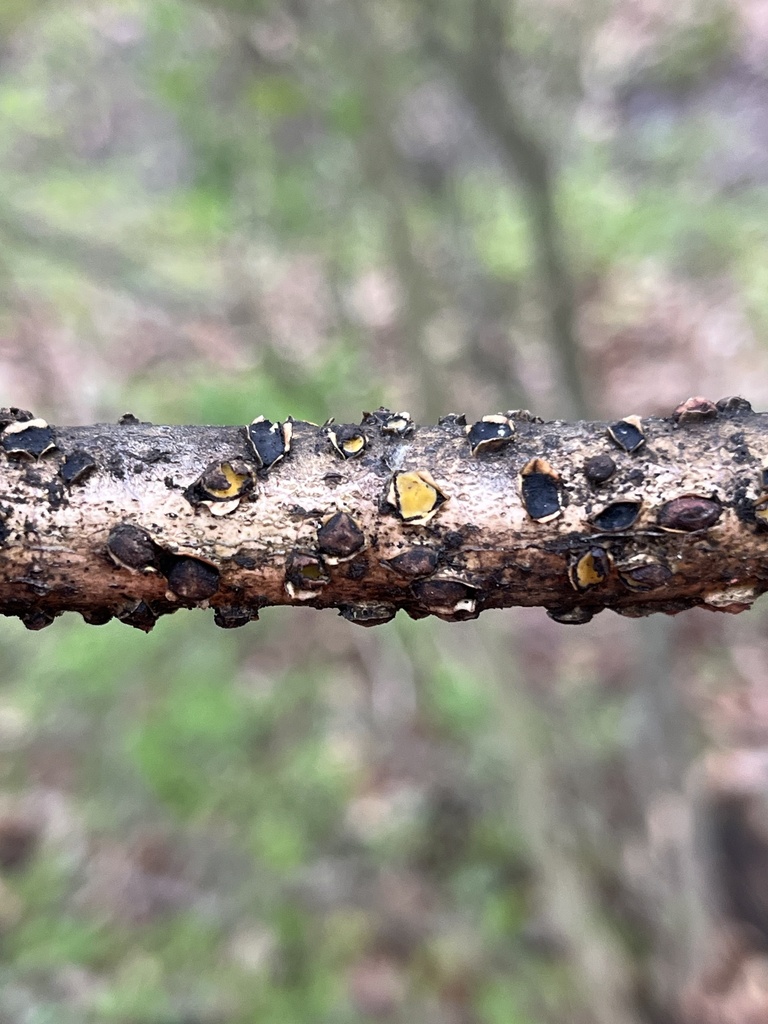
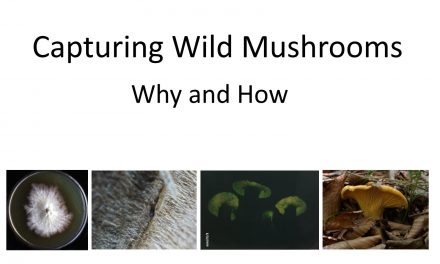
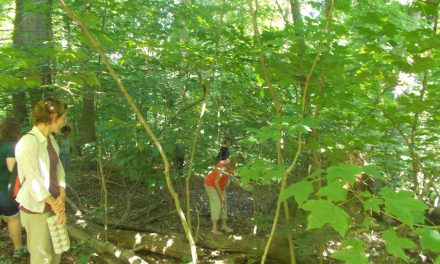

Recent Comments